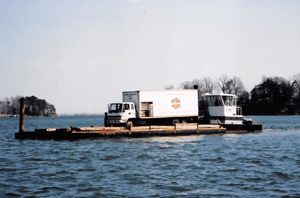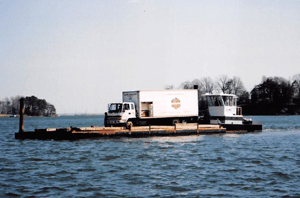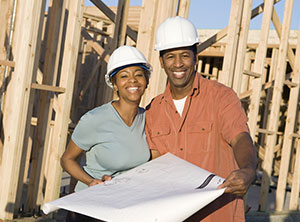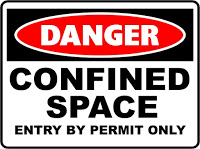As a partner in your success, we want to share the latest Confined Spaces Guidelines from OSHA.
As a partner in your success, we want to share the latest Confined Spaces Guidelines from OSHA. You can find the complete publication here.
Residential and commercial builders, remodeling contractors, home inspectors, sales representatives, and estimating contractors are all effected by these new guidelines so be sure to share this with your entire team.
First Things First, What Is a Confined Space?
A confined space is a space that…
- Is large enough for a person to enter and work
- Has limited or restricted means of entry and exit
- Is not designed for continuous occupancy
OSHA defines a permit-required confined space as a space that has at least one of the following characteristics:
- Contains or has the potential to contain a hazardous atmosphere
- Contains a material that has the potential to engulf an entrant
- Has an internal configuration such that an entrant could be trapped or asphyxiated
- Contains any other recognized serious safety and health hazard
Hazards associated with confined spaces include:
- Slips, Trips, & Falls
- Electrical equipment and wiring
- Flammable materials or chemicals
- Health hazards (i.e. Dust, Mold, Rodents)
- Mechanical equipment
- Hot surfaces
- Combustible materials
- Utility Lines (i.e. Gas)
- Structural Collapse
- Additional Concerns
- Noise
- Amplified due to acoustics of the space
- Damages hearing and affects communication
- Slippery or wet surfaces
- Increased risk of falls and electrical shock
- Personal protective equipment
- More common PPE such as hard hat, hard-toed boots, safety glasses, face shield, gloves, and overalls must be worn when needed
If a hazardous atmosphere is detected while a worker is in the confined space:
- All activities should stop
- The worker(s) should exit immediately
- The hazard should be evaluated
- Protective measures should be taken
Always remember:
- Test the atmosphere prior to entry and periodically
- Never enter a confined space if the atmospheric conditions are not suitable
- Ensure an attendant is outside the confined space at all times
- Follow your company’s confined space permit
Prevent delays and keep your job site safe by:
- Identifying Confined Spaces in advance
- Identifying all hazards in the space
- Controlling all hazards in the space
- Educating and training employees
- Avoiding creating permit required spaces
- Staying current as the rules change
- Staying on top of your program
- Communicating with GC and Subs
Trust DeVere Insulation to uphold the highest standards of safety to keep your job site safe. Contact us today!








